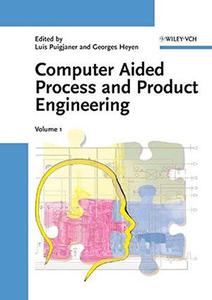 Computer Aided Process and Product Engineering By
Computer Aided Process and Product Engineering By2006 | 889 Pages | ISBN: 3527308040 | PDF | 51 MB
Computer aided process engineering (CAPE) tools have been very successfully used in process design and product engineering for a long time. In particular, simulation and modelling tools have enabled engineers to analyse and understand the behaviour of selected processes prior to building actual plants. The aim of design or retrofit of chemical processes is to produce profitably products that satisfy the societal needs, ensuring safe and reliable operation of each process, as well as minimising any effects on the environment. This involves the conceptual design or retrofit of plants and processes, novel manufacturing approaches, process/control system design interactions and operability, manufacturability, environmental and safety issues. Backed by current studies, this 2-volume set gives a comprehensive survey of the various approaches and latest developments on the use of CAPE in the process industry. An invaluable reference to the scientific and industrial community in the field of computer aided process and product engineering.Content: Chapter 1 Introduction (pages 1-10): Luis Puigjaner and Georges HeyenChapter 1 Large?Scale Algebraic Systems (pages 15-34): Guido Buzzi?Ferraris and Davide MancaChapter 2 Distributed Dynamic Models and Computational Fluid Dynamics (pages 35-106): Young?Il Lim and Stem Bay JorgensenChapter 3 Molecular Modeling for Physical Property Prediction (pages 107-135): Vincent Gerbaud and Xavier JouliaChapter 4 Modeling Frameworks of Complex Separation Systems (pages 137-169): Michael C. Georgiadis, Eustathios S. Kikkinides and Margaritis KostoglouChapter 5 Model Tuning, Discrimination, and Verification (pages 171-187): Katalin M. Hangos and Rozalia LaknerChapter 6 Multiscale Process Modeling (pages 189-221): Ian T. Cameron, Gordon D. Ingram and Katalin M. HangosChapter 7 Towards Understanding the Role and Function of Regulatory Networks in Microorganisms (pages 223-264): Krist V. Gernaey, Morten Lind and Sten Bay JorgensenChapter 1 Synthesis of Separation Processes (pages 269-296): Petros Proios, Michael C. Georgiadis and Efstratios N. PistikopoulosChapter 2 Process Intensification (pages 297-326): Patrick Linke, Antonis Kokossis and Alberto Alva?ArgaezChapter 3 Computer?Aided Integration of Utility Systems (pages 327-381): Francois Marechal and Boris KalitventzeffChapter 4 Equipment and Process Design (pages 383-418): I. David, L. Bogle and B. Eric YdstieChapter 5 Product Development (pages 419-442): Andrzej KraslawskiChapter 1 Resource Planning (pages 447-479): Michael C. Georgiadis and Panagiotis TsiakisChapter 2 Production Scheduling (pages 481-516): Nilay ShahChapter 3 Process Monitoring and Data Reconciliation (pages 517-540): Georges Heyen and Boris KalitventzeffChapter 4 Model?Based Control (pages 541-576): Sebastian Engell, Gregor Femholz, Weihua Gao and Abdelaziz ToumiChapter 5 Real Time Optimization (pages 577-590): Vivek Dua, John D. Perkins and Efstratios N. PistikopoulosChapter 6 Batch and Hybrid Processes (pages 591-619): Luis Puigjaner and Javier RomeroChapter 7 Supply Chain Management and Optimization (pages 621-641): Lazaros G. PapageorgiouChapter 1 Integrated Chemical Product?Process Design: CAPE Perspectives (pages 647-666): Rafiqul GaniChapter 2 Modeling in the Process Life Cycle (pages 667-693): Ian T. Cameron and Robert B. NewellChapter 3 Integration in Supply Chain Management (pages 695-730): Luis Puigjaner and Antonio EspunaChapter 4 Databases in the Field of Thermophysical Properties in Chemical Engineering (pages 731-745): Richard SassChapter 5 Emergent Standards (pages 747-768): Jean?Pierre Belaud and Bertrand BraunschweigChapter 1 Integrated Computer?Aided Methods and Tools as Educational Modules (pages 773-798): Rafiqul Gani and Jens AbildskovChapter 2 Data Validation: a Technology for Intelligent Manufacturing (pages 799-826): Boris Kalitventzeff, Georges Heyen and Miguel MateusChapter 3 Facing Uncertainty in Demand by Cost?Effective Manufacturing Flexibility (pages 827-851): Petra Heijnen and Johan Grievink
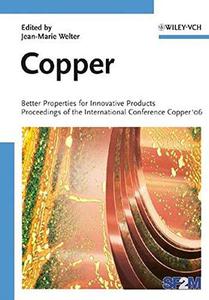


![S.T.A.L.K.E.R. 2 / STALKER 2: Heart of Chornobyl - Ultimate Edition (2024) [+UPDATE 23.12.2024 - v1.1.3] ElAmigos / Polska wersja językowa](https://i.postimg.cc/Zqd8RWGY/UZG8PBE.jpg)




































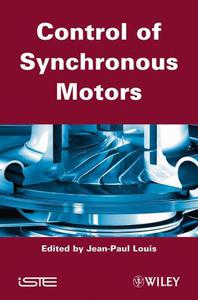
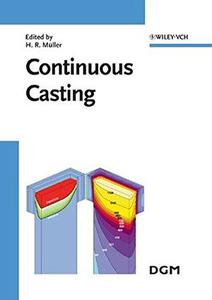
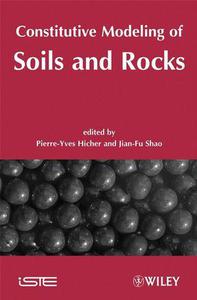
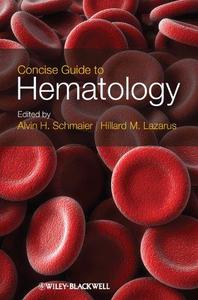
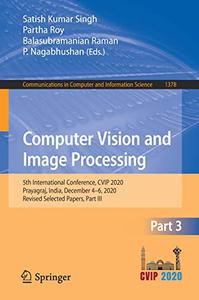
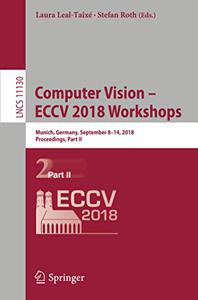









![David Gilmour - Luck and Strange (2024) [FLAC]](https://i.imgur.com/everaBc.jpeg)
![Męskie Granie Orkiestra - Męskie Granie 2024 (2024) [FLAC]](https://i.imgur.com/FAyOxrM.jpeg)
![The Rolling Stones - Hackney Diamonds (2023) [FLAC]](https://i.imgur.com/wCkyyUN.jpg)
![Lady Gaga - Harlequin (2024) [FLAC]](https://i.imgur.com/dcgIA8D.jpeg)
![Natalia Kukulska - Dobrostan (2024) [FLAC]](https://i.imgur.com/bdljG3O.jpeg)
![Kaśka Sochacka - Ta druga (2024) [FLAC]](https://i.imgur.com/hORQKvn.jpeg)
![Kuba Sienkiewicz - Pani Bóg (2024) [FLAC]](https://i.imgur.com/qijCx8Z.jpeg)
![Lanberry - Heca (2024) [FLAC]](https://i.imgur.com/8P7QfeR.jpeg)
![Sara James - PLAYHOUSE (2024) [FLAC]](https://i.imgur.com/m4f8OKg.jpeg)
![Grzegorz Hyży - EPILOG (2024) [FLAC]](https://i.imgur.com/8DA2sBr.jpeg)
![Myslovitz - WIECZORAMI CHŁOPCY WYCHODZĄ NA ULICE (2024) [FLAC]](https://i.imgur.com/l9mMtIG.jpeg)
![Krzysztof Zalewski - ZGŁOWY (2024) [FLAC]](https://i.imgur.com/vh48RAc.jpeg)
![Krzysztof Cugowski - Wiek to tylko liczba (2024) [FLAC]](https://i.imgur.com/SBzgqe2.jpeg)
![Nosowska - Kasia i Błażej (2024) [FLAC]](https://i.imgur.com/mObvVXQ.jpeg)
![sanah - Pianinkowe Kaprysy (2024) [FLAC]](https://i.imgur.com/pVjjPAa.jpeg)
![Kwiat Jabłoni - Pokaz slajdów (2023) [FLAC]](https://i.imgur.com/diERHfZ.jpg)
![Robert Cichy - Spacer po Warszawie (2024) [FLAC]](https://i.imgur.com/ixleU9o.jpeg)
![Viki Gabor - Terminal 3 (2024) [FLAC]](https://i.imgur.com/Q1KCnDs.jpeg)
![Sanah - Kaprysy (2024) [FLAC]](https://i.imgur.com/71OZm4h.jpeg)
![Męskie Granie Orkiestra - Męskie Granie 2023 (2023) [FLAC]](https://i.imgur.com/U4YHo8d.jpg)




